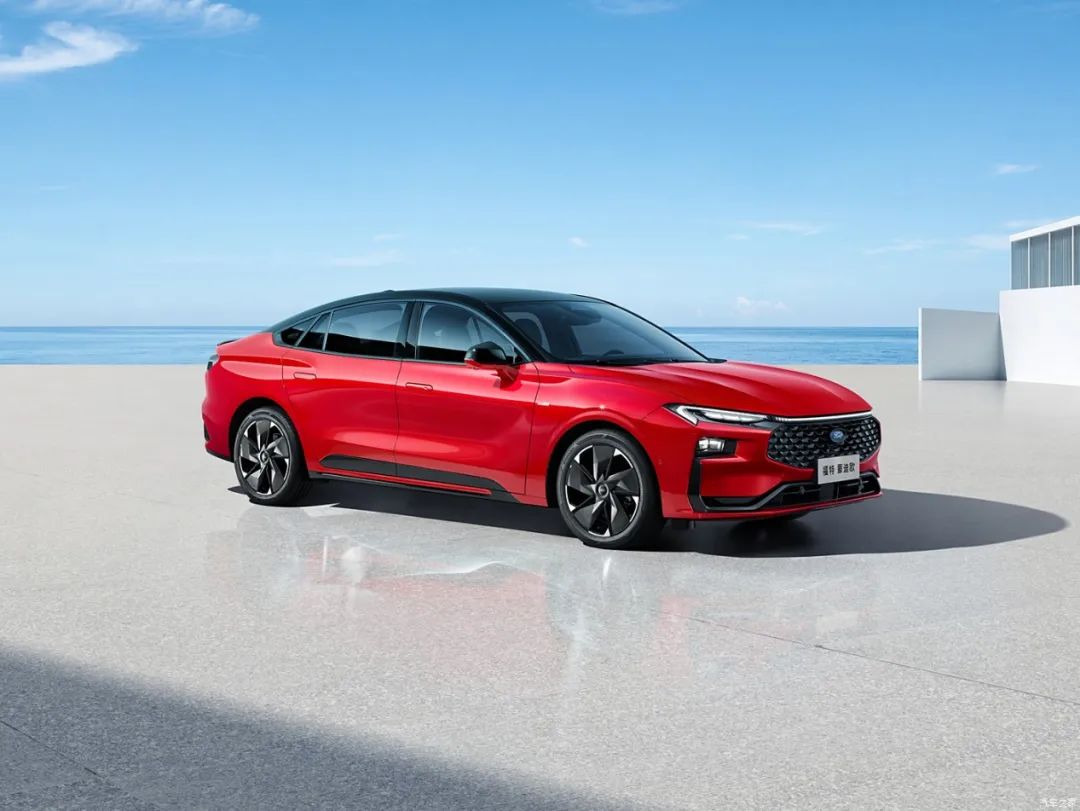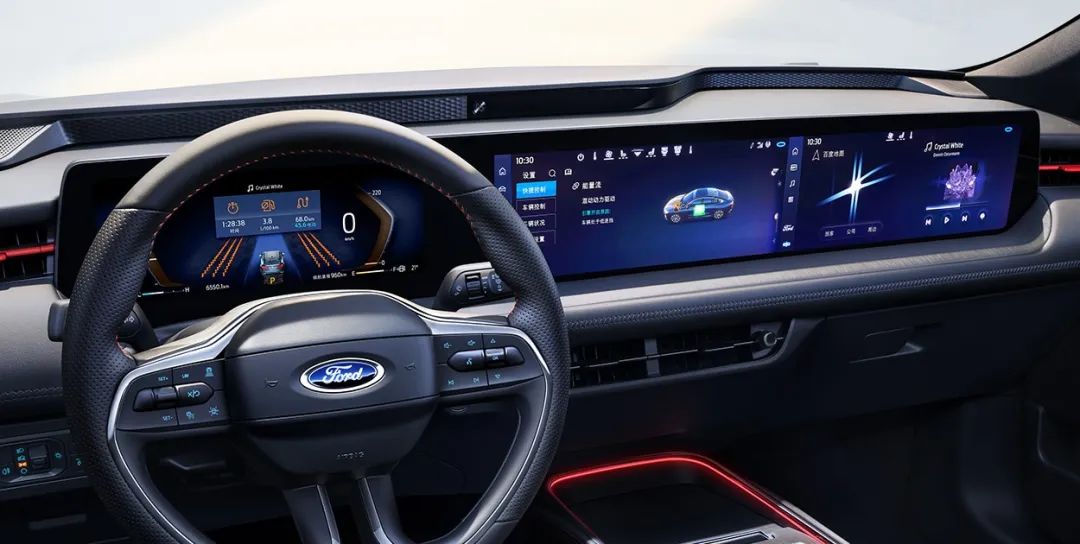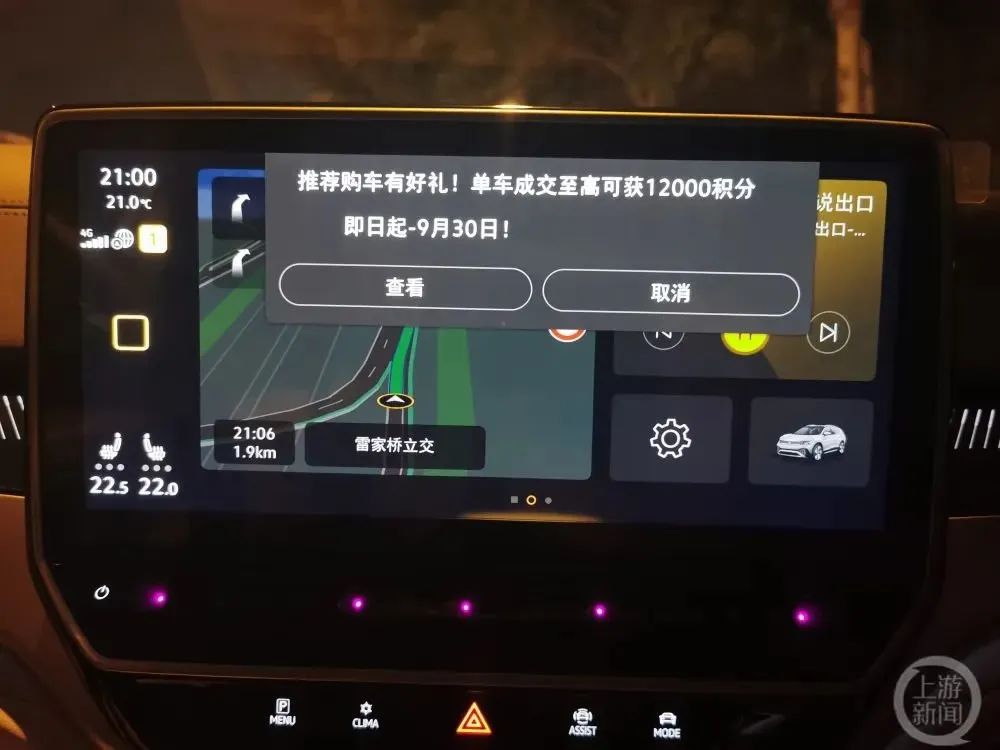Ford may carry a vehicle-mounted advertising system. Can it have the best of both worlds?
![]() 09/25 2024
09/25 2024
![]() 591
591
Introduction | Lead
Recently, Ford Motor Company filed a patent application with the United States Patent and Trademark Office, aiming to generate new revenue by introducing personalized ads to users. With the advent of smart vehicles, smart cockpits have become highly praised by consumers, and connected car systems and large screens have brought more entertainment features. However, car owners are now facing new challenges in the era of large screens, as more and more smart vehicles begin to automatically pop up ads. Although ads have become ubiquitous on phones, TVs, and computers, merely affecting user experience, vehicle-mounted ads may compromise driving safety.
Produced by | Heyanyueche Studio
Written by | Cai Jialun
Edited by | Heyanzi
Ads are everywhere, gradually "invading" vehicle-mounted systems.
Ford recently filed a patent focused on navigation systems, providing personalized ads to car owners based on vehicle destinations, routes, and user preferences. This is not Ford's first patent application related to vehicle-mounted ads. Previously, Ford applied for a patent to use vehicle-mounted cameras to recognize roadside billboards and display some ad content on car windows. Clearly, Ford has begun to focus on new profit models in the era of AI. Ford is not the first automaker to experiment with ads in vehicle systems, and many smart car owners are already experiencing the annoyance of pop-up ads.

△Ford's patent application aims to generate revenue by introducing personalized ads to users
How deep is the blue ocean of the vehicle-mounted advertising market?
The concept of vehicle-mounted advertising has been proposed and implemented for years. In 2019, Didi installed screens behind the seats of its ride-hailing vehicles, displaying various entry points for video entertainment, must-eat lists, popular recommendations, etc., for advertising purposes. The vehicle-mounted advertising market is huge, thanks to its unique advantages over other outdoor media. Its mobility and flexibility allow more consumers to receive information, and targeted ads can be launched based on car owners' frequent locations and driving routes. While mobile ads may encourage online shopping, vehicle-mounted ads can stimulate offline shopping desires. Moreover, vehicle-mounted ads target a higher-quality consumer group with greater spending power. For luxury brands, targeted ads on high-end models can further reduce advertising costs.
China's advertising industry is showing promising trends. According to the "China Advertising Industry Development Index Report" recently released by the State Administration for Market Regulation, the advertising revenue of institutions and above-scale enterprises in China's advertising industry reached 1.31207 trillion yuan in 2023, up 17.5% year-on-year, ranking second in the world. If automakers can seize this opportunity, they stand to gain significant revenue from this vast consumer base.

△The vast potential of the vehicle-mounted advertising market
The love-hate relationship between vehicle-mounted ads and car owners
Since their inception, vehicle-mounted ads have been at odds with consumers. Didi's vehicle-mounted ads on ride-hailing vehicles were widely criticized, with passengers complaining about being "forced" to watch ads in the back seat. However, with Didi's delisting in 2022, the focus of vehicle-mounted ads shifted to private cars, particularly affecting owners of premium brands like BMW, Audi, and Mercedes-Benz. Complaints have arisen about pop-up ads during vehicle startup, disrupting the driving experience. Similar issues have also been reported by Toyota, Changan, and NIO owners. The main concern for most car owners is that irrelevant pop-up ads distract from driving and compromise safety.

△Pop-up ads distract drivers and compromise safety
When will vehicle-mounted ad pop-ups end?
The era of smart cars should bring a more convenient and comfortable driving experience. However, as automakers tout smart cockpits as enhancing lifestyle, they often overlook the core function of vehicles as transportation. Vehicle-mounted ads not only detract from the driving experience but also pose safety risks. Frequent pop-up ads have eroded consumer trust in smart cars. Cars should remain fully under the driver's control, with smart driving aids and cockpits enhancing rather than compromising safety. Car owners have a fundamental right to be free from disruptive pop-ups, and future regulations may help curb unauthorized pop-ups in smart cars.

△Smart cockpits should enhance convenience, not create distractions and hazards
Commentary
Ford's latest patent application for personalized ads is more thoughtful than previous, mechanized pop-up ads. However, this does not mean vehicle-mounted ads can be widely deployed in vehicle systems without further optimization. If autonomous driving technology matures and AI takes control, vehicle-mounted ads may be acceptable. Until then, full control must remain in the hands of the driver.
(This article is originally published by Heyanyueche and may not be reproduced without authorization)








